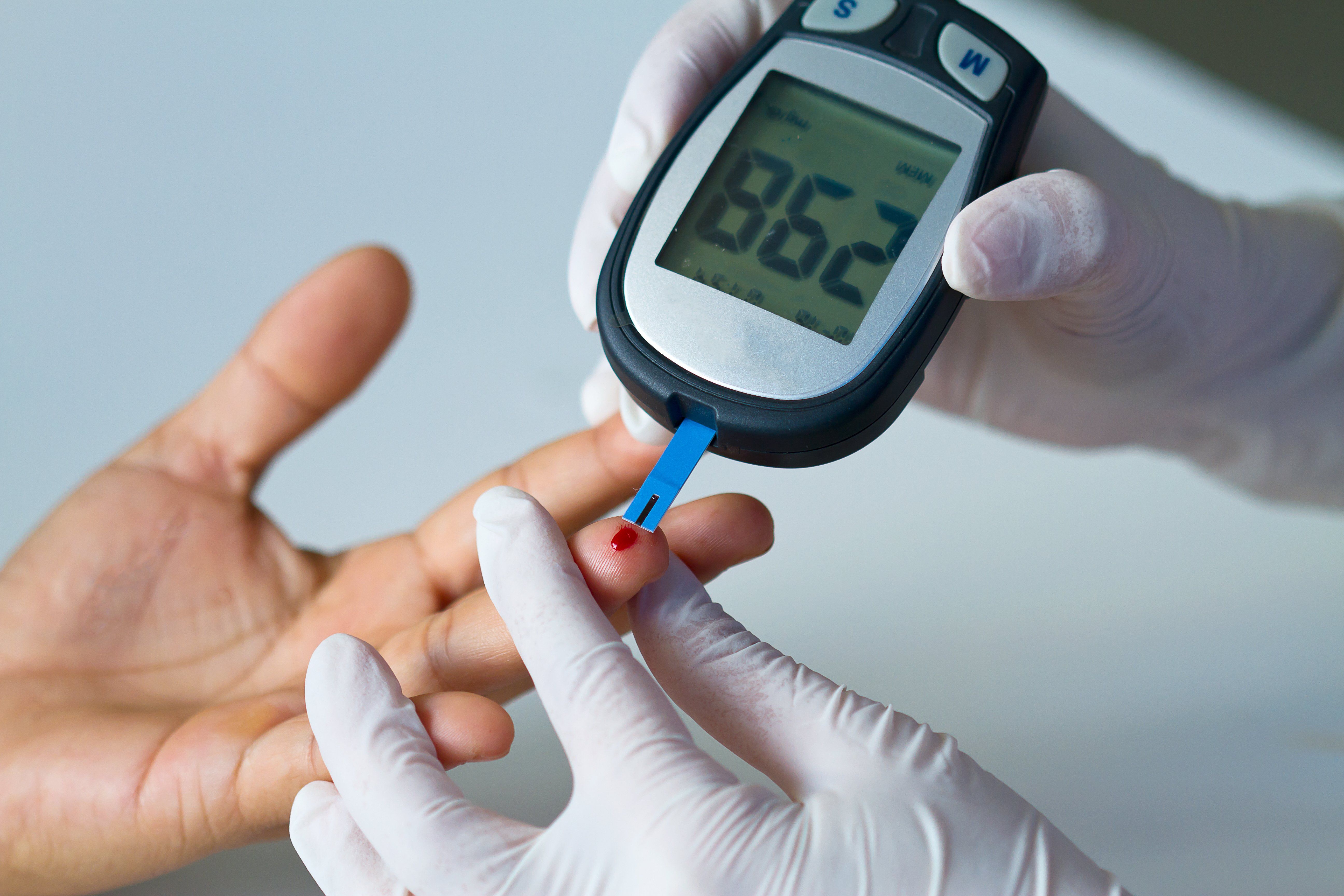Is less than 7 percent a reasonable A1C goal?
At ENDO 2019, two experts offered differing perspectives on optimal A1C targets. Blood sugar levels, one doctor said, should fall under 7 percent. Another physician argued for 7-8 percent. Learn more about the debate in this article.
(©PittaWut, AdobeStock)

The optimal A1C target for adults with type 2 diabetes was addressed at ENDO 2019 on March 23 in New Orleans.
An A1C measurement shows the patient’s average level of blood sugar over the past two to three months. The test can be used to monitor a patient’s blood sugar to ensure that it is staying within a target range, but there’s disagreement about exactly what the target range should be.
For roughly the past 20 years, the American Diabetes Association (ADA) has maintained that a reasonable A1C target for most adults is less than 7 percent. However, last year, the American College of Physicians (ACP) released a new guidance statement supporting an A1C target goal of between 7-8 percent. Just four days later, the ADA, the Endocrine Society, the American Association of Clinical Endocrinologists (AACE), and the American Association of Diabetes Educators (AADE) issued a joint statement strongly disagreeing with the ACP.
At ENDO 2019, two experts offered perspectives on either side of this controversial issue. John B. Buse, M.D., Ph.D., of the University of North Carolina School at Chapel Hill, argued the ADA’s lower A1C target of less than 7 percent is necessary for optimal glycemic control. Timothy J. Wilt, M.D., MPH, of the Minneapolis VA Health Care System in Minneapolis, argued the ACP’s 7-8 percent target is reasonable for most adult patients. The debate was moderated by Marie E. McDonnell, M.D., of Brigham and Women’s Hospital in Boston.
In support of the ADA’s lower target, Dr. Buse provided evidence from a study demonstrating that an A1C greater than 7 percent was the strongest predictor of stroke and heart attack in patients with type 2 diabetes. He cited clinical trials showing lower rates of microvascular complications of over 5-10 years with an average A1C of 7 percent, compared to 8-9 percent. When the study subjects were followed long-term, the data suggested improved cardiovascular outcomes and sustained benefits of over 20 years for A1C of less than 7 percent.
Dr. Buse emphasized that a target is only a target, and that how these levels are achieved and approached is what is crucial. For example, in certain individual patients, he argued physicians might reasonably suggest an even more stringent A1C goal, such as less than 6.5 percent, provided it can be reached without significant hypoglycemia or other adverse effects. Rather than viewing the target as a precise objective, Dr. Buse emphasized that targets should be viewed as a strategy or tactic for minimizing the risks of complications while maintaining quality of life for patients.
On the opposite side of the debate, Dr. Wilt maintained that the ACP’s treatment target of 7-8 percent is preferred for most adults with type 2 diabetes. “The evidence convincingly demonstrates that targeting an A1C with pharmacologic measures to get below 7 percent does not provide any clinical benefits and instead may actually increase harms and costs,” Dr. Wilt said. He cited evidence from several large, long-term, randomized trials that showed no clinical benefit to the lower target. He also mentioned a study targeting treatment to an aggressive A1C level below 6.5 percent that had to be stopped due to increased mortality.
In addition to the lack of clinical benefits and potential harms, Dr. Wilt maintained the lower target could greatly increase the treatment burden and costs for many patients. Increased treatment burdens can include the need for patients to take more medications at higher doses, more frequent glucose monitoring, and the likelihood of additional clinic visits or hospitalizations. Furthermore, high costs can become a significant issue for patients, particularly with the use of newer medications and different types of insulin. Dr. Wilt concluded with his strong belief that patients will receive better care by following the ACP guidelines.
As this debate was organized by the Endocrine Society, one of the contributors to the joint statement against the ACP target, it’s not surprising that the pre-debate poll showed a skeptical audience, with only 18 percent agreeing with the ACP guidelines. The end of debate poll, however, showed more than a doubling of support, with 43 percent in favor of the ACP guidelines. Still, with the closing numbers so close to 50-50, it’s clear this is still a controversial issue.
REFERENCES
McDonnell M, Buse J, and Wilt T. “E03. For Debate: A Reasonable A1c Goal for Many Nonpregnant Adults is <7% (53mmol/mol).” Presented at ENDO 2019 in New Orleans, LA on March 23, 2019.